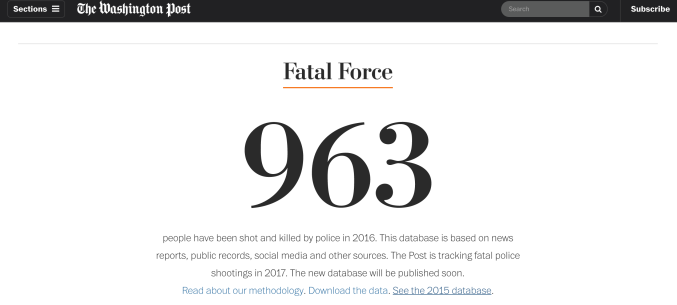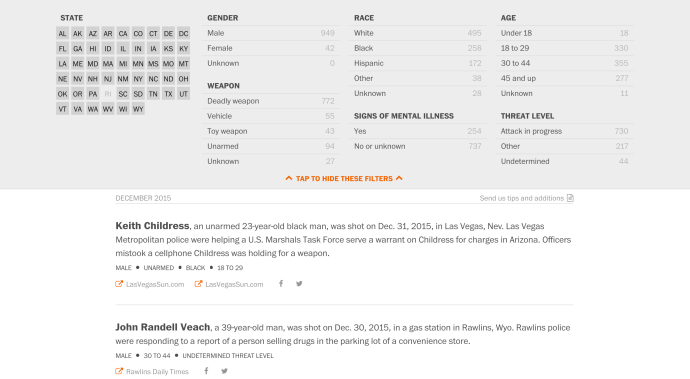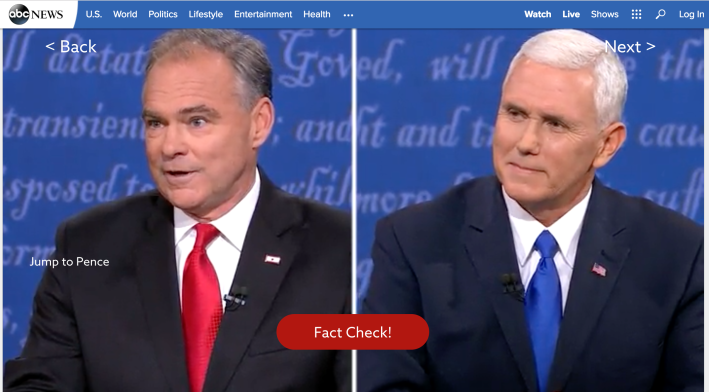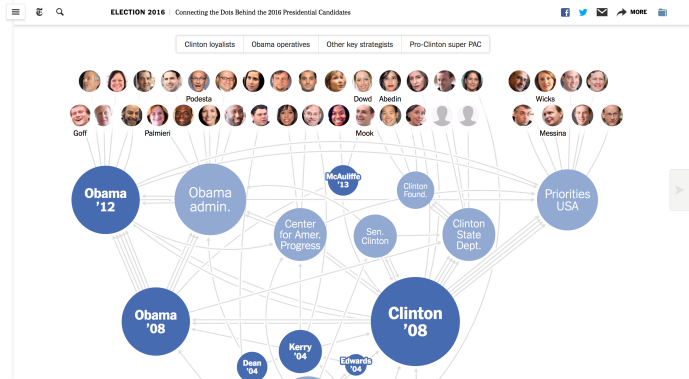News is no longer the 20 minutes of zen we spend with our morning cuppa or the 8 o clock bulletin that we make sure we watch just in case we miss something. From linear news, that came through radio, TV and newspapers to this constantly flowing stream that reaches us on our digital devices. It follows you on your social networks, personally curated by your friends. It follows you on your mobile, delivered by Flipboards and Reddits of the world, curated by your own interests. It follows you to work, on your commute, in your drawing room, on the pot, during your kids’ homework.
We waste a lot of time sorting through irrelevant content. What’s more? The news cloud is growing, expanding so much that the same piece of news comes to us from many different places, sources and angles. When the 1000 & 500 rupee notes were demonetized, we heard it through an echo chamber. Every other article on social networks was about it, every news channel carried nothing else, every news app splashed it across. every writer worth their salt wrote something about it. The user today hardly remembers where he read the news, only that he read it. Add to this the bane of fake news that surrounds our social networks. At this rate, we are fast approaching news saturation. The point where the user shuts off because they get overwhelmed. The overall need is to reduce the cognitive overload by not echoing what the news networks are saying but doing something new, uncovering a fact, exposing a fresh angle, a new perspective.
News has to remain ‘What is new?’ instead of ‘Uff not that again.’ Else news is on its way to being a commodity in a capitalistic market.
So, how can news regain its former value, when people realized the value enough to pay micro amounts for it. When the newspaper was a
Curation is the act of human or machine decision making on various factors – selection, perspectives, content form, bundling, clustering, personalizing etc. Even re-packaging old news into a more engaging, more interactive form has its advantages.
The deputy editor at ‘Frontline’ says “We’re thinking about how to tell stories from the outset not in terms of video vs. audio vs. text, or short-form vs. long-form — but in terms of whatever the right form may be.”
Check out the Palestine Remix – Al Jazeera’s immense reservoir of Palestine documentaries available to remix into your own story. Precious video coverage, now open to play with. Don’t know whether its the correct form or not, its definitely an engaging form. What a way to get users to explore the content meaningfully.
Telling the story in the right form can build continuity, serendipity and interactivity. Each strategy chipping away at the extraneous load by minimizing and yet retaining the exploration that discovery brings. Here’s how:
Building Continuity
Continuity is following the story as it builds. News is a rapidly evolving thing. Stories develop over time, sometimes days, even months. Its the same story but the user may have been in on it since the start or joined in mid flow, it should be easy for him to ‘get’ the whole story. Building continuity has been a grassroots editorial challenge, the job of journalists today, and they spend precious words building the context of the story into each article. And the user spends a lot of time skimming over material to get to the meat. As can be seen in the F shaped pattern for reading long form content.
Going forward good structural design for news combined with the power of machine intelligence can help immensely. So if a combination of multiple sources, social, cookies, search etc can tell a system where the user is on each story, it can automatically curate, separate and deliver only what is needed for him to continue the journey.
Sounds impossible doesn’t it? The first news story written by a robot was in 2014, released within 3 minutes of an earthquake, significantly earlier than any human being could have done it. Today there’s a twitter bot that tweets short form news instantly after an earthquake, keeping San Francisco residents informed and in the know. A large portion of the updates you consume on apps are collated by bots. Its not only possible, but very probable and perhaps being developed right now. Its fairly simple. And invisible. And yet so effective.
Serenading Serendipity
When you let the user chance upon a piece of news that he may not even be thinking about or wanting to read. Thats serendipity in news. Language processing and matching can give you immediate serendipity in some ways, but matching purely on the basis of textual processing is cheap and not always effective. In purely textual algorithms, even the ones that understand meaning and natural language, the room for error is too big. Its unable to ‘read between the lines’ and comes across as gauche and insensitive. Like the twitter bot that started swearing at customers because it thought it was ‘hep’ to do so. Not an apples to apples comparison but similar disastrous consequences.
On the other hand you can let a machine understand and emulate the user’s reading preferences online and deliver that right piece of news that he is likely to share, or bookmark or read the full way through. With more and more accuracy as it gets better acquainted with him and the likes of him. That kind of serendipity is an awesome thing. I’m waiting for the next gen aggregator to come along who does a great job of curation and building serendipity using behavioral data. Mind you, not just myopic data from your own app but from every source available. Because you don’t just consume news from one source or even on one device, its ubiquitous. The variety and density of the data sources will determine the accuracy of the curation.
Engaging through Interactivity
The web is visual today. And so is news. Video, Infographics, maps, timelines, stories that flow on parallaxes about across the web. The interactions are smooth, engaging and insightful. The idea is to make sense in the shortest time possible and leave a visual impression on the user’s mind. Instead of me rambling about it. Lets see some examples:
This is New York Times’ clear sharp map of presidential candidates in 2016 and their relationships to each other. You can click on any one and see the relationships, explore articles about them and get the context.
In India, we’d call this a ‘Kala Chittha’ of all of our politicians. Illuminating for a person like me who neither has the time nor the understanding of politics to piece this together from individual pieces of news. Making news digestible for the common man has become an industry directive of sorts. As is invoking emotion and action. Washington Post’s count of police murders in the US on the street aptly titled ‘Fatal Force’ shows a number, constantly ticking up in real time as more are being reported. Impactful.
 And insightful if you just engage with the powerful filters and the content first approach, instantly engaging you into an exploration into facts in the form of short anecdotes of the incidents.
And insightful if you just engage with the powerful filters and the content first approach, instantly engaging you into an exploration into facts in the form of short anecdotes of the incidents.
 A lot of this is done through data analysis automatically and some is journalism in its purest form.
A lot of this is done through data analysis automatically and some is journalism in its purest form.
The form factor for journalism as certainly changed. From long text to 360 degree video its getting more immersive. From NBC to CNN anyone who was anyone broadcasted the Trump Inauguration live on 360 degree video. But the fun comes in when interactivity marries multimedia. Check out this beautifully apt tool put together by the ABC News network with a fact checker overlaid on a debate video.

So one person makes a claim and immediately a fact checker appears over the video, you can check the facts being talked about in real time.

I can easily imagine an Indian political landscape where politicians are afraid to make false claims in public. There’s even an Indian news start-up that’s gathering this intelligence. Check out http://factchecker.in/ to validate recent facts made by political parties.
Ideas abound but what is the ‘Right Form’ of news content that your audience is most receptive to? What is that will delight them into becoming not only a loyal user but also an advocate of your news content because that’s where the growth is at. What will make him them for news eventually? Unfortunately, even the Reuters Institute does not have clarity right now. The only cue is the New York Times subscription revenues which have skyrocketed during the Trump election and debate. New York Times has a fairly personalized subscription mechanism. They machine curate and personalize news to every individual’s tastes and need. People buy value, not echoes.
I believe the answer lies in a collaborative effort with the journalists and editors, the stakeholders who produce news and watch it being consumed on a daily basis. The personas they have in their minds, the ideas they can validate should be brought together to participate in creating the next era of interactive, rich and targeted news. Whatever it may be, environmental news, political news, tech and gadgets or entertainment, it can be designed to make an impact and generate revenue. Leaving the era of reliance on advertising behind with new and novels ways of innovating, monetizing and gaining traction from your content. Lets bring them to the table. Lets design the future of news together.
Design Thinking can help you unlock stakeholder insights, dive deep into your user’s lives and find that niche where you can fit yourself and your news brand. Today, the recipes for success are being created in design studios across the world.
